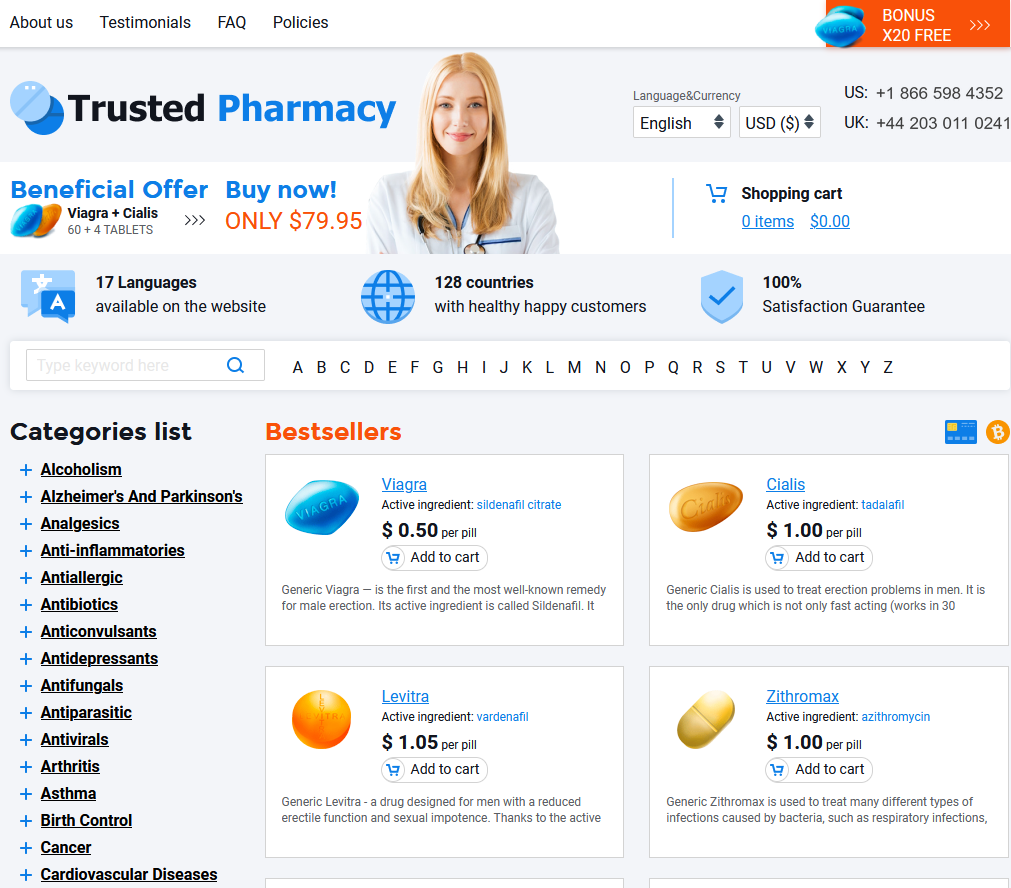To Buy Keflex Online Visit Our Pharmacy ↓
 Keflex and Allergies: Identifying Symptoms and Solutions
Keflex and Allergies: Identifying Symptoms and Solutions
Understanding Keflex and Its Uses
Keflex, known generically as cephalexin, is an antibiotic frequently prescribed to battle bacterial infections. If you’ve ever been handed a hard copy of a script with the sig instructing twice-daily doses, chances are you’re familiar with its role in treating conditions like respiratory tract infections and skin issues. Notably, Keflex belongs to the class of medications referred to as cephalosporins, making it distinct from other antibiotic families. Despite its effectiveness, it's crucial to recognize that Keflex isn’t fit for viral infections. It's vital to follow any specific directives provided when Keflex is dispensed, ensuring correct usage and avoiding potentially serious complications or side effects.
| Condition | Keflex Usage |
|---|---|
| Respiratory Infections | Commonly used |
| Skin Infections | Frequently prescribed |
Common Allergic Reactions to Keflex

When a person starts a script of Keflex, it's crucial to recognize potential side effects quickly. For some, this antibiotic might trigger hypersensitive reactions. Common indicators include skin rashes or hives and might advance to more severe complications like swelling, dizziness, or difficulty in breathing. This can escalate from minor discomfort to medical emergencies, necessitating immediate action if symptoms intensify. It's vital to observe any anomalies and act stat to prevent situations from worsening. In severe cases, quick intervention is crucial to prevent life-threatening outcomes.
Recognizing Early Warning Signs of Allergies
When dealing with keflex, it’s crucial to distinguish between typical side effects and early allergy symptoms. Initial signs can be subtle but significant, such as hives, difficulty breathing, or swelling of the face and throat. Observing these symptoms is vital as they may escalate more quickly, calling for immediate action. Stat awareness of these red flags can prevent complications. Additionally, documenting reactions in your script is beneficial for future doctor visits, ensuring your healthcare provider understands the severity of your condition.
Effective Solutions for Managing Keflex Allergies

Navigating keflex allergies requires prompt and informed actions. Recognizing early symptoms like rashes or breathing difficulties can stat guide you to safer alternatives. Consulting your doctor for a script that accounts for allergies and drug interactions—perhaps considering a therapeutic substitution—can significantly mitigate risks. Embrace the importance of having an allergy action plan in place, enabling you to respond swiftly to any adverse reactions. If access to immediate care is tricky, options like a drive-thru pharmacy might serve as a practical solution for obtaining new medications without delay. Moreover, keeping a record of all medications, including generics, can help your healthcare provider better manage your allergy profile, ensuring your safety and comfort.
When to Seek Professional Medical Help
Recognizing when it's time to consult a healthcare provider can be a lifesaver. If symptoms suddenly escalate or fail to improve with standard remedies, it's crucial to act stat. In such situations, you might encounter signs like difficulty breathing or severe rash, which indicate you need more than just a script tweak. While some individuals might attempt to manage all issues with OTC solutions, trusting a White Coat for a thorough evaluation ensures you're not simply glossing over potentially serious complications.
| Symptom | Severity Level |
|---|---|
| Breathing Difficulty | High |
| Severe Rash | Moderate to High |
| Nausea or Dizziness | Low to Moderate |
Ignoring signs of an allergic reaction can escalate quickly. A healthcare provider, or a pharm tech, will conduct an in-depth assessment to determine if these reactions to Keflex warrant changes in medication. Whether you present with mild side effects or severe allergic reactions, a professional can offer options beyond what's in a bubble pack, including alternative medications or a comprehensive Meds Check to ensure your overall safety.
Preventive Measures to Avoid Future Reactions
When dealing with any adverse reactions, it’s crucial to have an Rx at the ready for any potential substitutes that your doctor might suggest. Always ensure open communication with your healthcare provider, and don't hesitate to ask for insights into your medication history or a comprehensive Meds Check. Keeping track of all drug allergies and sharing them each time you visit a new healthcare provider is fundamental. Also, opting for generics or OTC options under supervision can sometimes help reduce the risk of adverse reactions, facilitating a smoother treatment journey.
Prelone Oseltamivir Soft Cialis